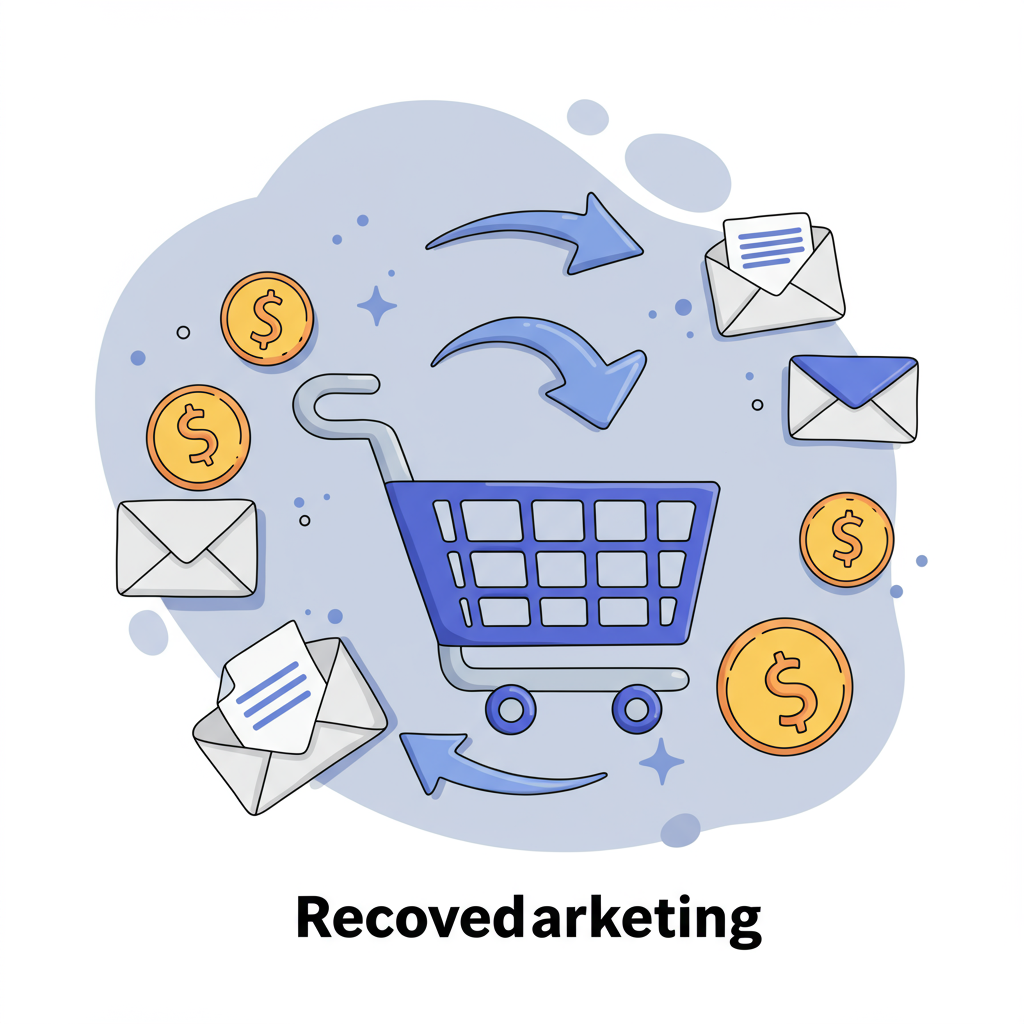Turning Lost Sales into Loyal Customers with Strategic Email Automation
As a Shopify merchant, I know the feeling all too well: a customer adds items to their cart, gets to checkout, and then… nothing. They vanish. It’s a common scenario, and frankly, it can be incredibly frustrating.
We pour our hearts into our products, our store design, and our marketing, only to see potential sales slip through our fingers at the last moment. It feels like leaving money on the table.
But here’s the good news I want to share with you: those abandoned carts aren’t necessarily lost forever. In fact, they represent a massive opportunity for recovery and revenue growth.
The most effective strategy I’ve found for reclaiming these potential sales is implementing a robust abandoned cart email series. It’s a powerful, automated tool that can significantly boost your conversion rates.
For us Shopify store owners, this isn’t just a nice-to-have; it’s a crucial component of a successful e-commerce operation. It’s about nurturing leads who are already highly interested in what we offer.
Before diving into the “how,” let’s briefly consider the “why” behind abandonment. Customers might be distracted, encounter unexpected shipping costs, have second thoughts, or simply be comparison shopping.
A well-crafted email series acknowledges these possibilities and gently guides them back, addressing potential hesitations and reminding them of the value they almost purchased.
**Email 1: The Gentle Reminder.** I always recommend sending this email relatively quickly, typically within 30 minutes to an hour after abandonment. The goal is to catch them before they’ve moved on completely.
The content of this first email should be straightforward. Simply remind them of the items they left behind, perhaps with a compelling image of the product. Keep it light and helpful.
The primary call-to-action (CTA) should be crystal clear: a prominent button linking directly back to their pre-filled cart on your Shopify store. Make it effortless for them to complete their purchase.
**Email 2: The Value Proposition.** If the first email doesn’t convert, I usually send the second one around 12 to 24 hours later. This email is where we start to address potential objections or add more value.
Here, I like to highlight the benefits of the product, perhaps a unique selling proposition of my brand, or even address common concerns like shipping or returns policies.
Incorporating social proof, such as a glowing customer testimonial or a star rating for the abandoned product, can be incredibly persuasive at this stage. People trust what others say.
Sometimes, a subtle hint of urgency or scarcity can be effective here, but use it genuinely. “Only a few left in stock!” or “Price expires soon!” if applicable. Don’t create false urgency.
**Email 3: The Last Chance/Incentive.** If they still haven’t converted, I send the third email around 24 to 48 hours after the second. This is often where a small incentive comes into play.
A modest discount (e.g., 10% off, free shipping) can be the nudge they need. Frame it as a special offer just for them, a thank you for considering your products.
Again, the CTA must be prominent and lead directly back to their cart. Make it easy for them to apply the discount code if you’re using one.
Should you send more than three emails? For most Shopify stores, I find a 3-email series to be the sweet spot. More can feel pushy, fewer might not be enough. Test what works for your audience.
**Crafting Compelling Subject Lines.** This is where the battle for attention begins. I always aim for clear, concise, and intriguing subject lines. Emojis can help, but use them sparingly.
Personalization is key. Using the customer’s name in the subject line or body copy immediately makes the email feel more relevant and less like a generic marketing message.
Always include high-quality product images in your emails. A visual reminder of what they almost bought can be incredibly powerful and re-ignite their desire.
Ensure your Call-to-Actions (CTAs) are not only clear but also benefit-oriented. Instead of just “Complete Order,” try “Get Your [Product Name] Now” or “Claim Your Discount.”
Remember that a significant portion of your customers will open emails on their mobile devices. I always ensure my email templates are fully responsive and look great on any screen size.
**A/B Testing is Your Best Friend.** Don’t just set it and forget it. I constantly test different subject lines, email copy, CTA button colors, and even timing to see what yields the best results.
Track key metrics diligently: open rates, click-through rates, and most importantly, conversion rates from your abandoned cart series. This data tells you what’s working and what isn’t.
For Shopify merchants, there are fantastic apps available that automate this entire process, from detecting abandoned carts to sending out your beautifully designed email series. Explore options like Klaviyo, Omnisend, or Seguno.
Finally, always be mindful of legal compliance. Ensure your email practices adhere to regulations like GDPR, CCPA, and CAN-SPAM. Transparency and opt-out options are non-negotiable.
My final piece of advice is to be consistent and patient. It takes time to refine your series, but the payoff in recovered revenue and customer loyalty is absolutely worth the effort.
By implementing a thoughtful and strategic abandoned cart email series, you’re not just recovering lost sales; you’re building stronger relationships with your potential customers.
So, what do you think about this article? I’d love to hear your thoughts and experiences with abandoned cart emails!
I truly believe that mastering this aspect of your Shopify store will empower you to turn those frustrating “almost sales” into valuable, completed transactions and happy customers.






